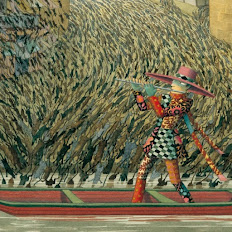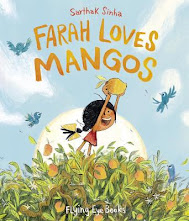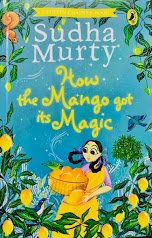Sunflowers are said to be a symbol of adoration, loyalty, and longevity. Their bright yellow colour is a sign of happiness, friendship, and intelligence. Much like the sun, sunflowers mirror vibrancy and give off the energy of life. Some websites say it is National Sunflower Day in the USA on the first Saturday in August. Others say it is the 21st August. Here in Australia it is Sunflower Day on the 28th September. Whenever it is celebrated this day reminds us to show our inner sunshine, while taking the opportunity to share one of the earth’s most beautiful flowers.
It is fitting to celebrate Sunflower Day in our library now as the library is decorated for Book Week where the theme is Read Grow Inspire. Sunflowers are so easy to grow and so inspiring because of their size, the way they turn their heads to the sun, and their cheery disposition. So let's read about them. There are so many picture books about growing them.
• To Be Like the Sun by Susan Marie Swanson and Margaret Chodos- Irvine
Hello, little seed,
striped gray seed.
Do you really know everything
about sunflowers?My hoe breaks apart
the clods of brown earth,
but you do the real work
down in the dark.Not radish work or pumpkin,
not thistle work –
sunflower work.
All the instructions are written in your heart.
So opens this beautifully lyrical book which follows a young girl over the course of a growing season as she plants, tends, enjoys and then warmly remembers the sunflower she grows in her garden. It is my pick! Then any of these stories:
• Measuring Angels by Lesley Ely and Polly Dunbar
• Sunflower House by Eve Bunting and Katherine Hewitt
• Sunflower by Miela Ford and Sally Nicoll
• Secret in the Mist by Margaret Nash and Stephen Lambert
• Bodge Plants a Seed by Simon Smith
• Gift of the Sun by Dianne Stewart and Jude Daly
• Loujain Dreams of Sunflowers by Uma Mishra-Newbery, Lina Al-Hathloul and Rebecca Green
• The Sunflower Sword by Mark Sperring and Miriam Latimer
• I'm a Warrior Goddess by Jennifer Adams and Carme Lemniscates
• Lottie and Dottie Sow Sunflower by Claire Burgess
Minimal text perfect for preschoolers:
• Sam Plants a Sunflower by Kate Petty and Axel Scheffler
• What's That? by Caroline Mockford
• Tilda's Seeds by Melanie Eclare
Some nonfiction:
• A Seed Grows by Antoinette Portis
• Seed to Sunflower by Camilla de la Bedoyere
• From Seed to Sunflower by Sally Morgan
• Sunflowers Don't Grow in Winter by Emily Holdaway and Craig Phillips
• Seed to Plant by Kristin Baird Rattini
• Ready, Steady, Grow! by DK
And if you want to explore Van Gogh's sunflowers try:
• Katie and the Sunflowers by James Mayhew
• Camille and the Sunflowers by Laurence Anholt
• Vincent van Gogh Sunflowers and Swirly Stars by Joan Holub


















































